Other
Florida Dept. Of Education: Conservation of Renewable and Nonrenewable Resources
In this learning module, students learn to differentiate between renewable and nonrenewable resources, and identify resources that fit into each category. It explains the environmental effects of using nonrenewable resources, such as...
Other
Idaho Department of Environmental Quality: Common Water Quality Measures
An organized resource highlighting properties of freshwater and water quality concerns.
American Museum of Natural History
American Museum of Natural History: O Logy: Stuff to Do: Density of Salty Water
An experiment to test what happens when ocean water hits a freshwater estuary. Each step is demonstrated with photographs and the difference between salinity and density is explained.
NASA
Nasa Earth Observatory: Polar Paradox
In this article about global warming, learn how the warming climate could affect the polar ice caps, glaciers, sea ice, and amount of freshwater entering the polar oceans. Read how some scientists believe global warming could add to...
The History Cat
The History Cat: Geography: Environment: The Incredible Shrinking Sea
Describes the economic policies of the Soviet Union that turned the Aral Sea, once the world's largest body of fresh water, into two smaller seas and desert. Includes a video. [10:29]
University of California
Ucmp: The World's Biomes
This is an introduction to the major biomes on Earth. This page groups biomes into five major types: aquatic, deserts, forests, grasslands, and tundra. Information on climate, animal/plant life, and much more is given for each of type...
Nature Conservancy
Nature Works Everywhere: How Natural Areas Filter Water
By studying nature's filters, students learn about the importance of water quality for human health and agriculture.[4 min, 6 sec] Includes lesson plan and student handouts.
United Nations
United Nations Sustainable Development Issues
United Nations Division for Sustainable Development covers issues ranging from Agriculture to Waste. This site offers documents and action plan implementation for sustainable development of the earth's natural resources.
Science Buddies
Science Buddies: Home Sweet Biome: How Do Plants Grow in Different Environments?
In this science fair project you will learn about biomes and how different climatic conditions affect plant growth. This can explain why some plants and animals are similar in different areas of the country, and in other parts they are not.
Georgia Department of Education
Ga Virtual Learning: Water, Soil, and Agriculture
Students learn about the fundamental importance of water, soil, and agriculture in sustaining the human standard of living; and the heavy toll that current agricultural practices take on water and soil resources.
Other
The Academy of Natural Sciences
This site describes the museum. It shows the viewer what is currently on exhibit, interesting facts, and many links to other exhibits.
Utah Education Network
Uen: Trb 4:1 Investigation 1 Where Is Water Found?
Activity helps with understanding the distribution of water on earth.
PBS
Nh Pbs: Nature Works: Wetlands
Did you know that wetlands are frequently used as resting stops for migrating birds? This is just one of the many interesting facts found within this educational resource. This site features information on the characteristics, types,...
Untamed Science
Untamed Science: Biology: World Biomes: Lakes and Ponds Biome
Learn about the biotic and abiotic factors of lakes and ponds as well as learning how lakes form through reading and video clips.
PBS
Nh Pbs: Nature Works: Swamps
What characteristics make a swamp a swamp? This site features information on the Great Dismal Swamp, Conifer Swamps, Okefenokee Swamps, Shrub Swamps, Hardwood Swamps, and Cypress Swamps. This site also offers some great photographs of...
US Geological Survey
Usgs: Common Water Measurements
This site from the U.S. Geological Survey provides great definitions of seven measurements that can be taken on water. Includes pH, dissolved oxygen, and turbidity. Click Home to access the site in Spanish.
University of Utah
University of Utah: Genetic Science Learning Center: Great Salt Lake All Year
Investigate an ecosystem teeming with life, and discover the many bird species who reside at the Great Salt Lake throughout the year.
PBS
Nh Pbs: Nature Works: Lakes
What is a lake? Discover the answer to this question when you explore this informative resource. This site provides information on how temperature and seasonal changes effects lakes, how lakes are formed, how lakes compare in numbers to...
PBS
Pbs Learning Media: The Water Planet
75% of our earth is covered by water. Water can be found in oceans, lakes, rivers, groundwater, and sea ice. View these captivating photos of our earth showing the different water sources and images of our earth taken by NASA. Background...
CK-12 Foundation
Ck 12: Fifth Grade Science: Earth Science: Humans and the Water Supply
[Free Registration/Login may be required to access all resource tools.] Looks at ways that humans use water, why some people don't have enough water, and why poor quality water is a problem.
NASA
Nasa: Polar Ice and Its Possible Effects on the Earth
This article describes the effects of polar ice caps on the Earth and offers explanations as to the possible effects of polar ice melting on sea level and temperature.
E-learning for Kids
E Learning for Kids: Science: Ocean Center: Why Do We Need to Conserve Water?
Go aboard on a cruise ship with Denise and her family. Help her learn about water conservation, and why it is important.
US Environmental Protection Agency
Epa: The Case of the Mysterious Renters [Pdf]
Let your learners discover how much water they use in one day. Then allow them to brainstorms ideas on how to conserve that water and why it is important. PDF format.









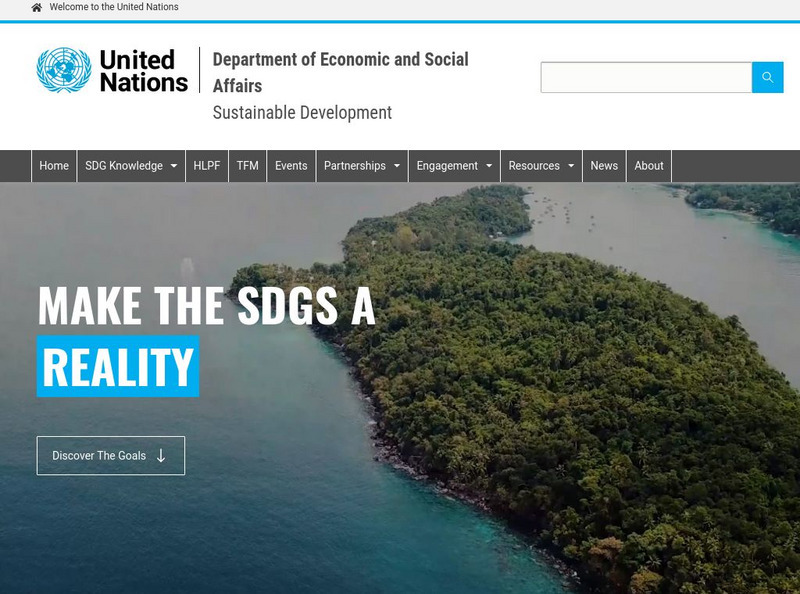

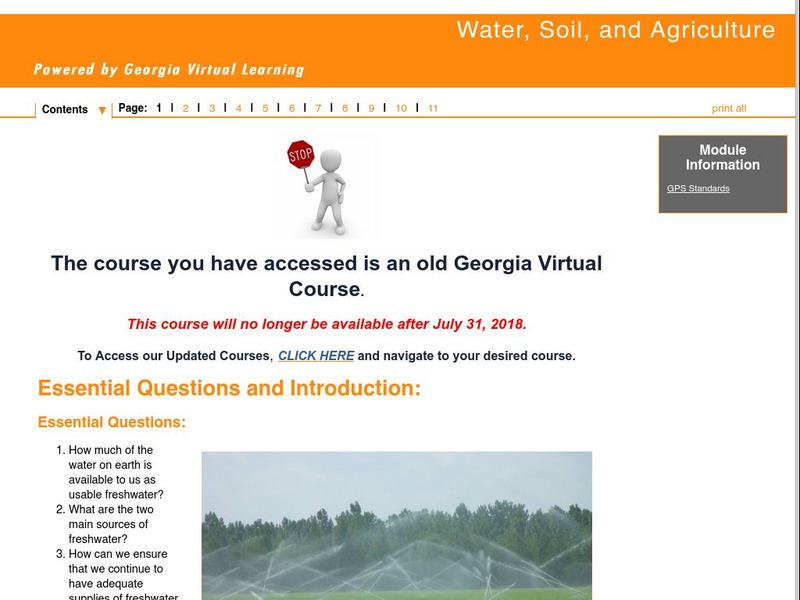
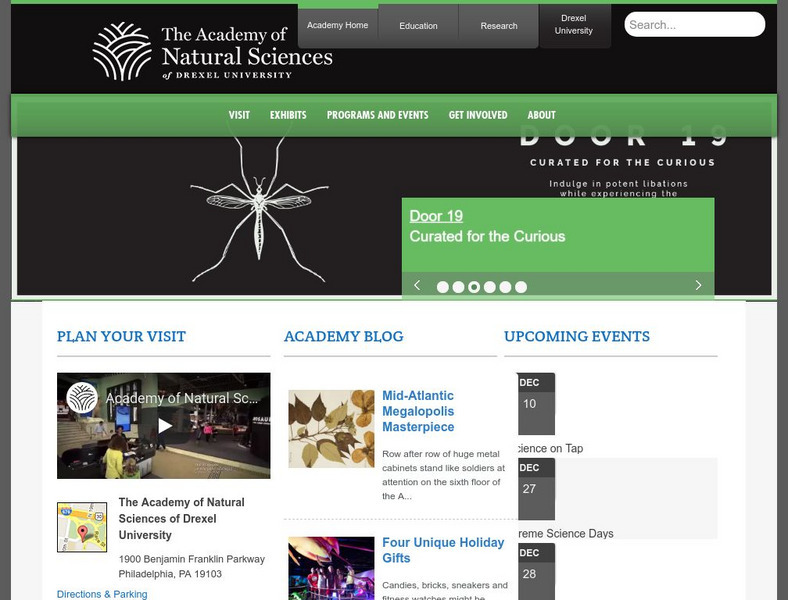


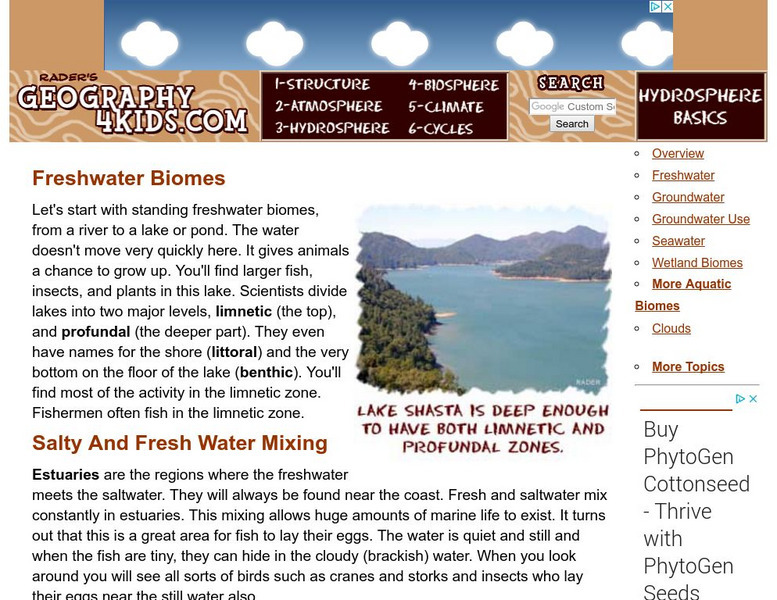



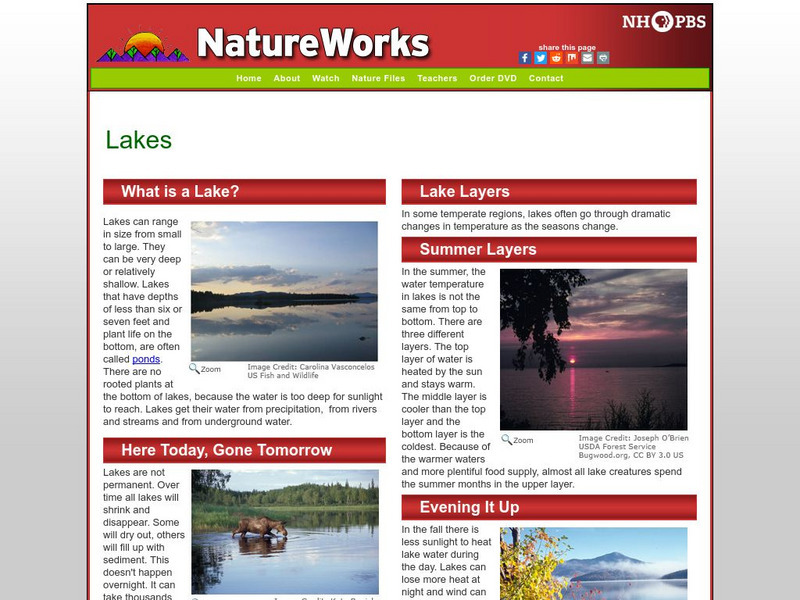

![Epa: The Case of the Mysterious Renters [Pdf] Lesson Plan Epa: The Case of the Mysterious Renters [Pdf] Lesson Plan](https://content.lessonplanet.com/knovation/original/29099-b3e19dc747925851b4f458b1482def5e.jpg?1661255997)